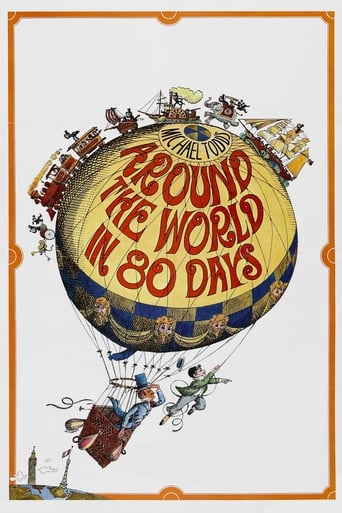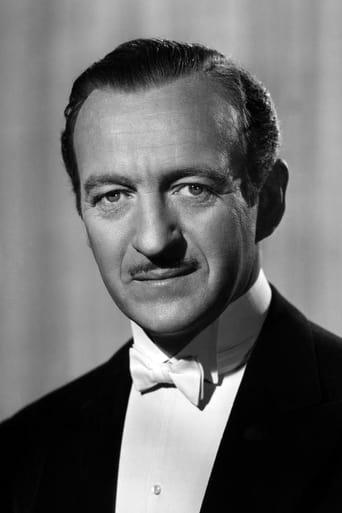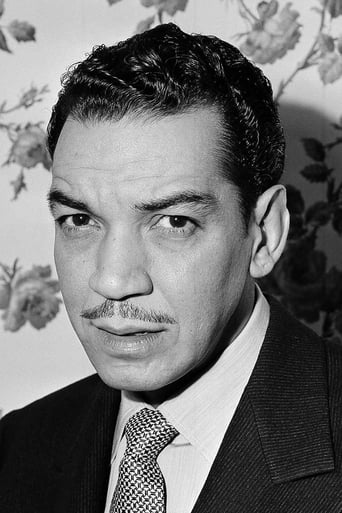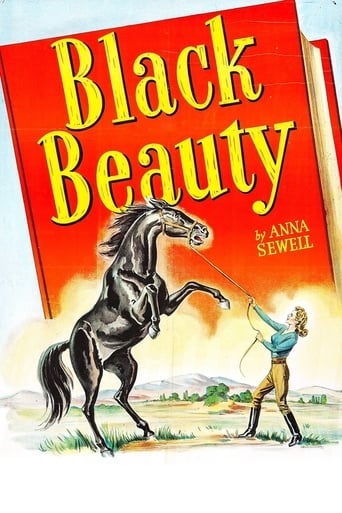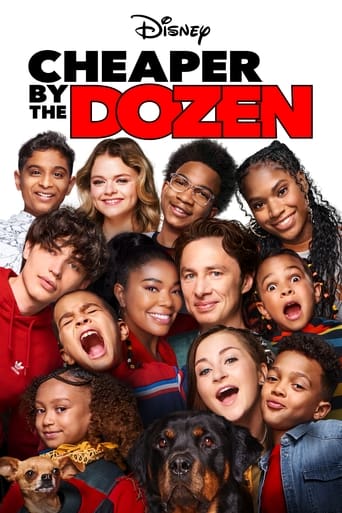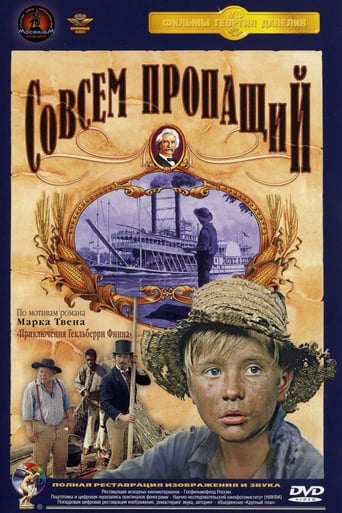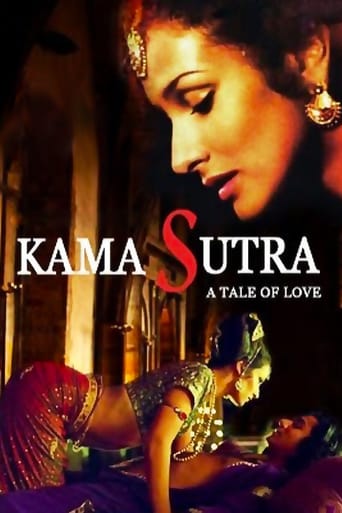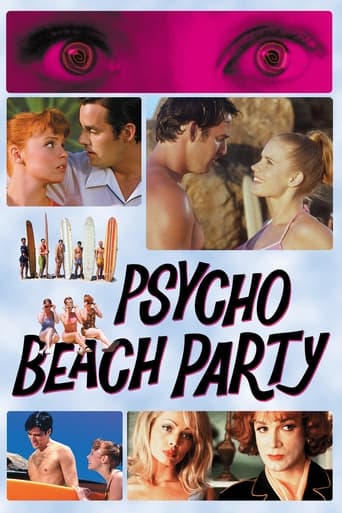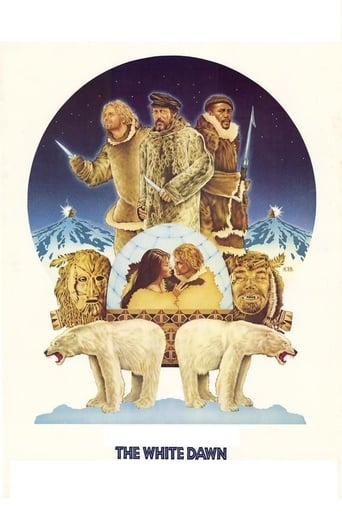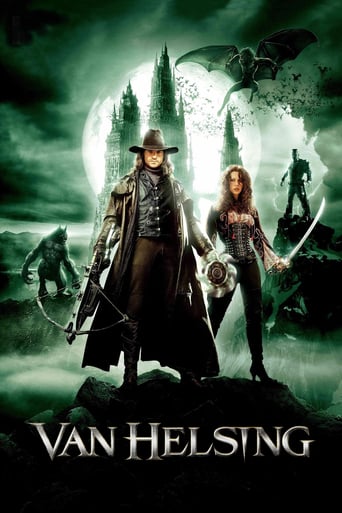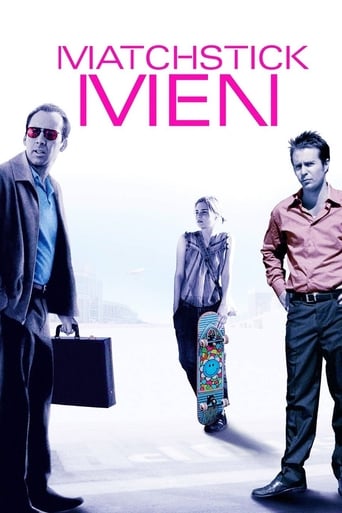Around the World in Eighty Days (1956)
Based on the famous book by Jules Verne the movie follows Phileas Fogg on his journey around the world. Which has to be completed within 80 days, a very short period for those days.
Watch Trailer
Cast


Similar titles
Reviews
Michael Anderson's* "Around the World in 80 Days" had to have been one of the most ambitious movies ever made at the time. Lots of sets, lots of animals, lots of traveling, and countless cameos. Obviously the downside is the casting of Shirley MacLaine (not of South Asian descent) as an Indian princess, as well as the depiction of Native Americans in one scene. Overall, it's an impressive piece of work. I suspect that this was the non-Spanish-speaking world's introduction to Cantinflas. You gotta appreciate what they put into this movie.As for other things, when David Niven's character insists that he always eats at a certain time, it reminded me of Sheldon Cooper. During the party scene in Spain, everyone's having fun while he just stares; typical Englishman keeping a stiff upper lip. During the scene where they burn parts of the boat to keep it going, I figured that they would eventually have to burn their clothes and arrive naked.If you judge the cast by the roles and personalities for which they're most famous, then the movie includes the Pink Panther (Niven), Pepe le Moko (Boyer), the Joker (Romero), the gangster (Raft), Clem Kadiddlehopper (Red Skelton), the Blue Angel (Dietrich), the Voice (Carradine), the swoon-inducer (Sinatra), deadpan guy (Keaton), the informer (McLaglen), Benzino Napoloni (Oakie), Mrs. Banks (Johns), Charlie Chan's #1 son (Luke), and of course, the guy who took down Joe McCarthy (Murrow). Directed by Elizabeth Taylor's future husband from a script by Mia Farrow's dad.I haven't seen every Oscar-nominated movie from 1956, but I'd say that this one deserved it (though it had tough competition from "Giant").*I decided to read about Michael Anderson, and surprisingly learned that he died just a few days ago.
AROUND THE WORLD IN EIGHTY DAYS is doubtless the definitive big screen adaptation of the Jules Verne novel, although I admit to loving the 1980s cartoon version of the series as a kid. All I remember about the cartoon nowadays is that it re-posited the main characters as dogs and had a really cool theme tune. But I digress: in terms of sheer 1950s-era star-studded spectacle, this film version takes some beating.This is a big bucks lavish production which looks absolutely glorious in high definition. From the first scenes of Cantinflas riding through the streets of London on his Penny Farthing you know you're in for a visual treat and the film's cinematography never disappoints in that respect. I also really appreciate the fact that the budget was high enough to allow for filming in exotic locales including Hong Kong and Japan.At times, this film appears to be something of a shallow viewing experience. It lurches from one big set-piece to the next with little in the way of depth or insight. At the same time, it keeps you watching without getting bored, no mean feat considering the extended running time. I thought that Cantinflas dominated the screen a bit too much and occasionally makes David Niven feel like a supporting player in his own movie, but that's not too great a flaw. The endless celebrity cameos are inevitable highs and some of the set-pieces, like the Indian attack, are brilliantly conceived. AROUND THE WORLD IN EIGHTY DAYS really is one of those films that they simply don't make anymore.
This was movie making at it's best. Unlike the movies of today. Fine Acting, Photography, Costumes, Filming, Script and especially the who's who in the movie world doing their cameos. In my view the finest performance came from Robert Newton, who in my view stole the picture. It was reminiscent of his performance as Long John Silver in Treasure Island. Just as devious. Young children of today enjoy this version, even though they have been brought up on the Jackie Chan version, which is far inferior. David Niven himself stated that this was his favorite film and i can see why. I would also imagine that the participants all had a great time.A true masterpiece.
Jules Verne is often thought of today as a pioneering author of science- fiction, but his "Around the World in 80 Days" is a novel without any futuristic, sci-fi elements. Rather than attempting to predict the technology of the future, Verne uses the novel to celebrate the technology of his own day, especially the railways and steamships which were starting to make the world a smaller place. Even so, he still thought that his hero was attempting the impossible; it is said that his original title was "Around the World in 100 Days", but he changed it when his publisher pointed out that a tour of the world in 100 days was quite feasible so Fogg would not have found any takers for his bet. The basic plot is quite a simple one. In order to win a bet with fellow- members of his London club Phileas Fogg, a Victorian English gentleman, sets out to travel around the world in eighty days, accompanied by his valet Passepartout. Along the way they have various adventures. Their principal antagonist is a Scotland Yard detective, Inspector Fix, who dogs their footsteps in order to arrest Fogg, whom he believes to have robbed the Bank of England. (In reality, Fogg is the victim of mistaken identity). Fogg's love interest is Princess Aouda, a beautiful Indian lady whom he rescues from the fate of being burned alive on her first husband's funeral pyre. The film contains two odd pieces of casting. In the fifties the Production Code still officially banned depictions of mixed-race romances and marriages, but in practice the censors tended to overlook romances between white men and light-skinned non-white or mixed-race women, provided those women were played by white actresses. (E.g. Jennifer Jones in "Love Is a Many-Splendoured Thing", Joan Rice in "His Majesty O'Keeffe", Ava Gardner in "Bhowani Junction", and others). Hence the seemingly bizarre casting of a young Shirley MacLaine as Aouda, although she is not quite as unconvincing as an Indian as one might have expected. Hollywood's squeamishness about interracial love did not die with the Production Code; when the film was remade in 2004 Aouda was written out of the story altogether and Fogg's love interest became a Frenchwoman. The second strange piece of casting is that of the Mexican comedian Cantinflas as Passepartout, a Frenchman in the novel. (Mind you, this role was even more strangely cast in the 2004 version when Passepartout was played by Jackie Chan). The reason is that the producer Mike Todd was a great admirer of Cantinflas, and the plot of the novel was even rewritten to accommodate him. Comic mock-bullfights were a Cantinflas speciality, and in the film Fogg and Passepartout travel to Spain, a country they do not actually visit in the book, so that such a scene can take place. Real bullfighting is a nasty, bloody business, but in the hands of Cantinflas it becomes a genteel, balletic affair, a sort of tango between man and bull who clearly have a gentleman's agreement not to injure one another. Although little known in English-speaking countries, Cantinflas was a huge star in Mexico and elsewhere in the Spanish-speaking world, where he was given top billing ahead of David Niven. The film could perhaps be described as "Around the World in 80 Clichés", because each country the travellers visit is represented by a sort of easily recognisable visual shorthand- flamenco and bullfights in Spain, fezzes in Egypt, elephants, sacred cows and turbans in India, rickshaws and pigtails in Hong Kong, kimonos and temples in Japan, cowboys and Indians in America. No expense was spared in making the film; the cast and crew actually did travel round the world, shooting the various scenes on location in the countries where they are set, and a large number of established stars, including the likes of John Gielgud, Marlene Dietrich and Frank Sinatra, have cameo roles or appear as extras. The film won five Academy Awards, including Best Picture. This caused some surprise at the time because it beat films as good as "The Ten Commandments" and "Lust for Life". There seemed, however, to be a tradition in the fifties of giving "Best Picture" Oscars to light- hearted films ("An American in Paris", "Gigi") as well as to serious ones ("From Here to Eternity", "On the Waterfront", "Ben-Hur"), and "Around the World in Eighty Days" falls firmly into the former category. It was a big success at the box office, and the Academy judges were obviously impressed by the factors that made it so- its grand scale, its attractive Technicolor photography, Niven's suave, dapper performance as the hero, the antics of Cantinflas and its general sense of fun and adventure. Although it would not have been my personal choice as best film of 1956, I cannot regard it as an unworthy winner. 8/10Some goofs. When Fogg arrives back at his club at 8.45 pm on 21st September it is broad daylight outside, although it would be dark in Britain at this time in late September, and would have been even darker in 1872 when there was no British Summer Time. We see a San Francisco cable car, although these were not introduced until 1873, a year after the date the film is set.

